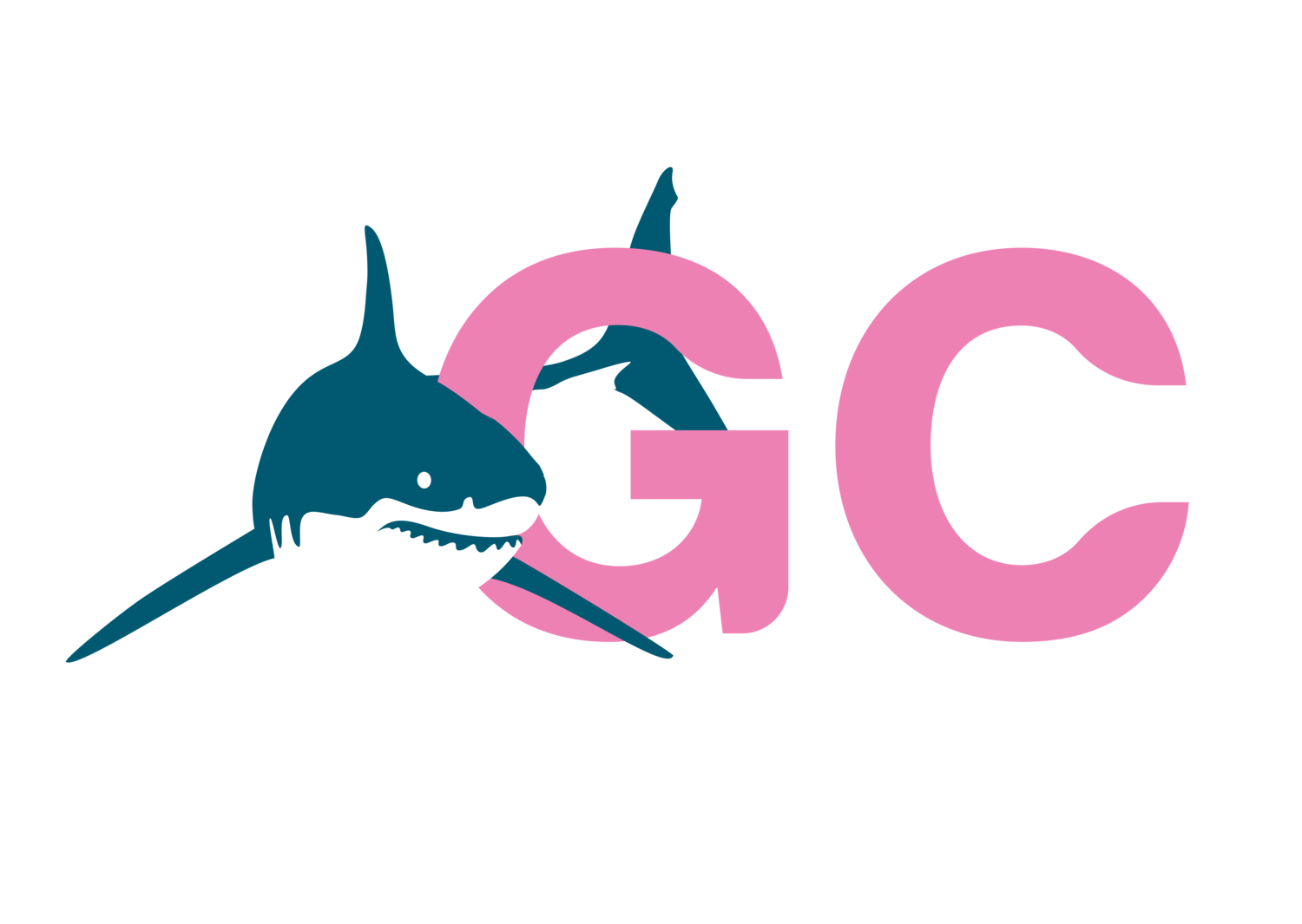Last week I went out on a 2-day research cruise in the northern Gulf of Mexico to tag and release sharks! We catch our sharks by using a fishing technique called bottom longline. The longline is 1 mile long (1000 lb test monofilament) and we have 100 gangions (clip, line, and hook) that are attached to the main-line that sits on the bottom. Every time that we set a bottom longline we take abiotic parameters including temperature, salinity, and dissolved oxygen. To do this, we use a piece of equipment called a CTD (conductivity, temperature, and depth recorder). We drop the CTD to the bottom of where we are fishing and the CTD takes a full water column profile. The CTD can take thousands of readings in the course of a minute!
Every shark that we bring on board (which can be up to 22 different species!!) we measure, weigh, sex, tag and release. We use three different types of tags: 1) roto tag, which is a plastic tag that is placed in the dorsal fin of smaller sharks, 2) M-tag, which is a metal dart tag that is placed into the musculature of larger sharks, and 3) pop-off archival tag (PAT), which is a satellite tag that we use to track movements of certain species of sharks. The roto and M-tags have unique fish identification numbers on them as well as a telephone number that an angler can call if one of our tagged sharks is recaptured (this happens multiple times a year). On this research cruise, we put out around 100 roto and M-tags on 7 different species of sharks!




